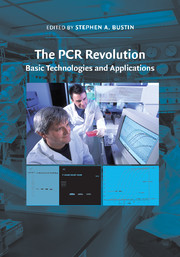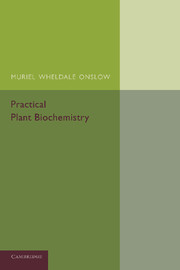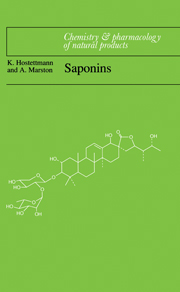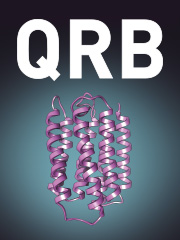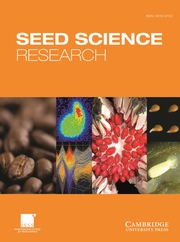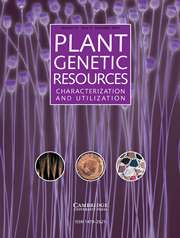The PCR Revolution
The invention of the polymerase chain reaction (PCR) won the Nobel Prize in Chemistry in 1994 and remains one of the most important scientific discoveries of the twentieth century. More than 50,000 researchers in the United States use PCR replication technology, yet there is a significant absence of any recent publications on this subject. In this book, Dr Stephen A. Bustin, a world-renowned PCR expert, examines in detail the latest innovations and the overall impact of PCR on many areas of molecular research. The book contains personal reflections, opinions, and comments by leading authorities on the many applications of the PCR and how this technology has revolutionised their respective areas of interest. Bustin explains the ways in which PCR has overcome many obstacles in life science and clinical research and charts the PCR's development from time-consuming, low throughput, non-quantitative procedure to today's rapid, high throughput, quantitative super method.
- Provides a thorough overview and introduction to the PCR providing readers with a good foundation in this area
- Divided into two sections: basic technologies and applications
- Includes reviews and chapters covering the latest new techniques by renowned pioneers in the field
Product details
October 2014Paperback
9781107423589
342 pages
254 × 178 × 18 mm
0.59kg
30 b/w illus. 328 colour illus. 4 tables
Available
Table of Contents
- Part I. Basic Technologies:
- 1. Real time PCR Mickey Williams
- 2. Thermostable enzymes used in PCR Sudip K. Rakshit
- 3. Inventing molecular beacons Fred Russell Kramer, Salvatore A. E. Marras and Sanjay Tyagi
- 4. Rapid PCR and melting analysis Carl T. Wittwer, Randy P. Rasmussen and Kirk M. Ririe
- 5. PCR and fluorescence chemistries: DNA incarnate Ben Sowers
- 6. Analysis of microRNA expression by qPCR Vladimir Benes, Jens Stolte, David Ibberson, Mirco Castoldi and Martina Muckenthaler
- 7. Miniaturized PCR for quantitative clinical diagnostics Melissa Mariani, Lin Chen and Philip J. Day
- 8. The road from qualitative to quantitative assay: what is next? Michael W. Pfaffl
- 9. Taking control of PCR Tania Nolan, Tanya Novak and Jim Huggett
- Part II. Applications:
- 10. PCR-based methods for the detection of cancer cells in blood, bone marrow and lymph nodes for clinical diagnostic assays Susan A. Burchill
- 11. PCR and infectious diseases Jim Huggett
- 12. PCR and respiratory viruses Ian Mackay
- 13. PCR and Severe Acute Respiratory Syndrome (SARS) Yang Huanming and Weijun Chen
- 14. The MMR vaccine, measles virus, and autism: a cautionary tale Stephen A. Bustin
- 15. Non-invasive prenatal diagnosis using cell-free fetal nucleic acids in maternal plasma Y. M. Dennis Lo
- 16. PCR-based analyses of nucleic acids from archival material Ulrich Lehmann
- 17. Microarrays and qPCR Elisa Wurmbach
- 18. PCR in the detection of genetic variation Pui-Yan Kwok
- 19. PCR: a blessing and a curse for ancient DNA research Michael Hofreiter and Holger Rompler.

